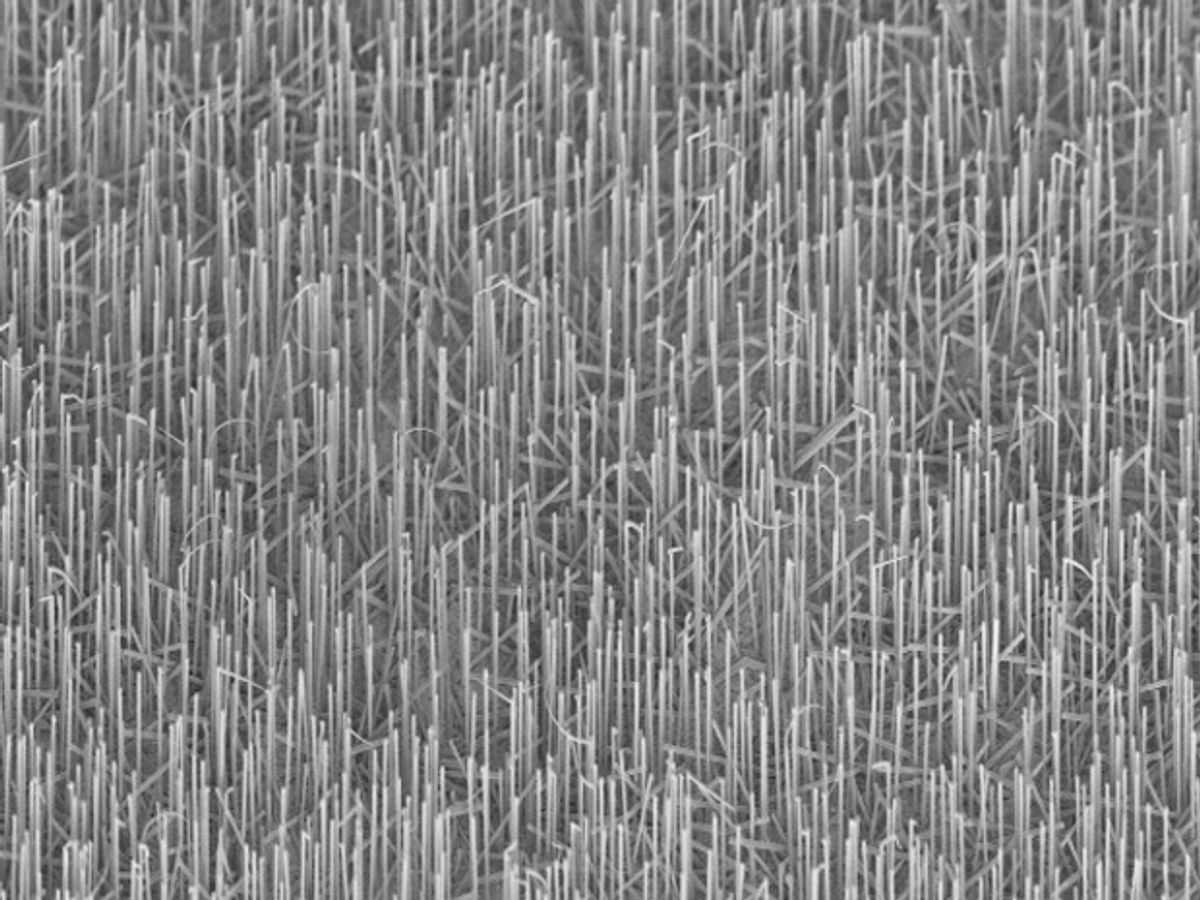There appears to be a crush of nanowires laser research. About two weeks ago researchers from the Australian National University (ANU) announced what they claimed to be the first room-temperature lasers made from semiconductor nanowires. And now researchers at the Technische Universitaet Muenchen (TUM) say they too have built semiconductor nanowires that act as lasers at room temperatures.
With the ANU paper being submitted to Nature Photonics (“Optically pumped room-temperature GaAs nanowire lasers”) on 8 July and then the TUM paper being submitted to Nature Communications one month later (“Lasing from individual GaAs-AlGaAs core-shell nanowires up to room temperature’), the two research projects could understandably both claim to be the first.
But beyond claims of primacy, it appears that the breakthroughs could open up a new avenue for speeding up a range of applications, such as on-chip optical interconnects and integrated optoelectronics for fiber-optic communications.
While these III-V semiconductor nanowires still fall short of the holy grail of getting silicon to act as a laser (though researchers at the University of Pennsylvania did succeed earlier this year in getting a silicon nanowire to emit light through manipulating it with plasmonics), both the ANU and TUM teams are claiming that their nanowires can be grown on silicon. And because of that, they believe the nanowire lasers will win a place in future integrated photonics and optoelectronics.
"The wires and lasers will lead to much faster, much lighter computers because light travels faster than electrons, allowing us to process data much faster," explained Dhruv Saxena from the ANU Research School of Physics & Engineering, in a press release last month.
The leader of the TUM research, Prof. Jonathan Finley, director of TUM's Walter Schottky Institute, more or less echoed this sentiment in a press release this week.
"Nanowire lasers could represent the next step in the development of smaller, faster, more energy-efficient sources of light," said Finley, in the statement.
Both the ANU and TUM teams do face some obstacles that need to be overcome. Both teams acknowledge that the laser emission from the nanowires was simulated by light. To really get to the point of practical applications electrically injected devices, in which the lasers are powered by electricity, will likely be required.
Image: WSI/TU
Dexter Johnson is a contributing editor at IEEE Spectrum, with a focus on nanotechnology.



